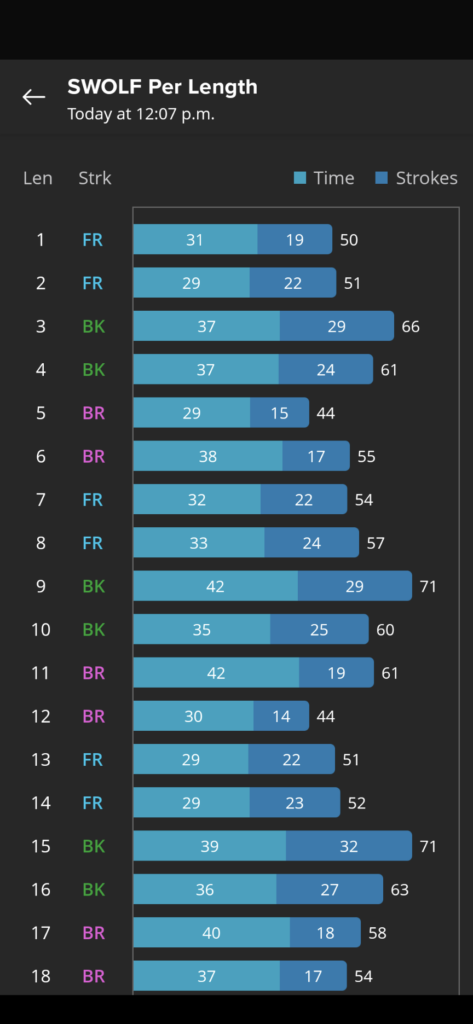Whenever I go to the grocery store, I always face a dilemma at checkout. Do I opt for a more error-free experience, but longer wait for the cashier? Or do I use self-checkout, a potentially faster, but maybe more frustrating experience?
I like the idea of self-checkout, in theory. As a teenager, I had a cashier job at a local grocery store. The work was tedious and thankless. During peak times customers could be irate and surly. This made an already boring job feel even less meaningful. When self-checkouts came along, I silently cheered thinking of how many RSI (repetitive strain injuries) could be prevented. I thought they would offer a quick, seamless process to purchase items. Sadly, I found this is only the case if I’m buying a small amount of items without any sales, weighing, or discounts. Due to this, I usually end up waiting for the cashier, convinced it takes less time because of the reduced errors.
Recently, I went grocery shopping for a few items at a busy time. I probably could have gone through the express line, but the lines were long and I opted for self-checkout. Reflecting on the experience, and the half dozen times the attendant came over, I couldn’t figure out why it was so miserable. It was a combination of user error, poor design, and lack of instruction.
After scanning the first item, I realized I forgot to put my grocery bag on the little shelf. I selected the option to “add my own bag,” but somehow it stalled the system. The attendant came over to reset it. Then again, when the first bag was full, the system stalled when I put a new bag on the shelf. At this point in the process I would definitely say it was a combination of poor design and bad instructions.
First of all, the shelf to bag groceries is tiny! It can only support one bag. Secondly, the attendant explained I had to wait 30 seconds before removing the first bag and adding the second. This vital piece of information was missing. The checkout screen certainly never mentioned this. Thirty seconds can feel like a long time to be hanging around to remove a bag. There were several other, less clear, mishaps and stalls.
Eventually I managed to pay for my two bags of groceries, having wasted much time at the self-checkout.



